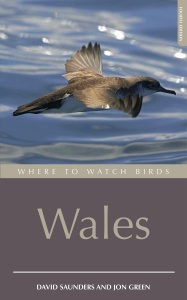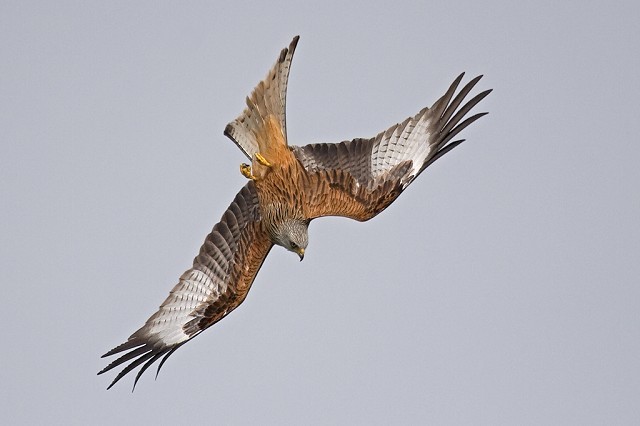Where to Watch Birds in Wales, by David Saunders and John Green
|
This is the fourth edition of what has become a seminal work by David Saunders (the sage of birding in Wales), but now with the added youth and energy of Jon Green who also edits The Welsh Bird Report and Scarce and Rare Birds in Wales. This edition covers 108 sites in total, which is an increase by 40 sites. All the venues mentioned have been brought fully up-to-date; and details include habitat descriptions, main species to be found, the best seasons to visit and access to the site. For all principal sites there are detailed maps. There is also a section dealing with the Welsh names of birds, something essential to those both resident in and visiting Wales. The detailed accounts of the varied and exciting sites in Wales vary from traditional upland areas containing moorland, hanging oak woods, pine plantations and lakes to more urban sites where, the authors remind readers, some of the most interesting rarities have occurred in recent years. Great attention is also paid to the coastal environment with its gorgeous beaches, marshland, towering cliffs and perhaps most significant of all the offshore islands. |  |
Since the last edition, there have been quite a few changes on the Welsh ornithological scene. New reserves have appeared, with the Newport Wetlands being the most significant. There have been changes in the bird populations as well, with the continuing decline of upland nesting species such as Curlew, Lapwing, Golden Plover, Dunlin and Snipe. After similar periods of decline, Black Grouse are recovering thanks to very specific conservation measures. In common with the rest of the UK, Little Egrets are now numerous in some areas, with a maximum of nearly 400 recorded at a roost in Carmarthenshire.

Red Kite, Gigrin Farm, Powys (Photo:
Alan Saunders)
Wales has always been a haven for raptor enthusiasts. Peregrines have recovered their numbers very significantly; Buzzards and even Red Kites are an everyday occurrence, with a prediction of maybe a thousand pairs of the latter in Wales by the summer of this year. Hen Harriers flourish without the persecution suffered in England, Goshawks are widespread and Hobby and Honey Buzzard continue to colonise the principality. Sadly the once-familiar Kestrel is suffering some decline.
Recent surveys show that the islands of Skomer and Skokholm now hold in excess of half the world population of Manx Shearwaters, and with the rats now removed from Ramsey that population should increase further. The Grassholm Gannet colony now stands at 32,000 pairs. Little Ringed Plovers breed on Welsh rivers, favouring shingle banks, which is their natural habitat. The Twyi, with 70 pairs, is the main area for these dainty waders. In common with other parts of the UK, Dartford Warblers are back again in some of the southern counties of Wales.
You can see that Wales has much to offer the travelling birder, and this book will assist you greatly in seeing much of what is mentioned above. I, for one, will make sure my copy is always in my car as I move around my adopted country.
Published by Christopher Helm, London.
ISBN: 978-0-7136-74842, Price: £16.99, pp 352, softback.


